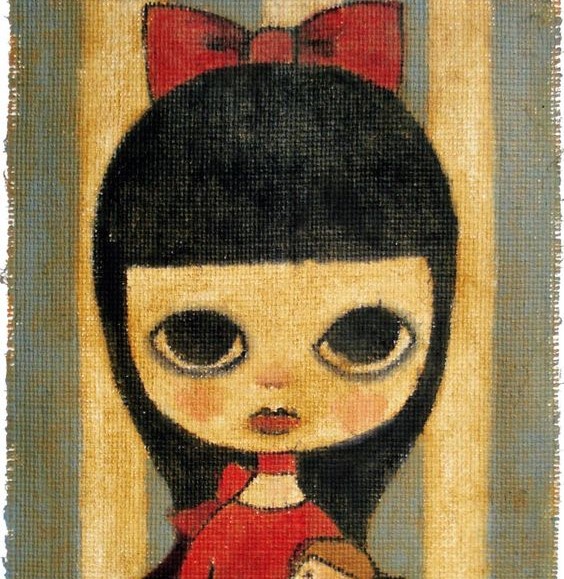Gender, Sex, Ethnicity
Cards (5)
- Gender IdentityPerception as oneself in terms of gender (male, female, non-binary etc.)
- Gender typingGender typing → Process by which children become aware of their gender and acquire values, motives and behaviours considered appropriate for their gender in their cultureGender stereotypes → Beliefs held about how men/women should behaveGender roles → Composites of behaviours, preferences, appearances and actions associated with masculinity and femininity in a culture – reflections of a culture’s gender stereotypesSexual orientation → Sexual attraction to members of particular gender
- Gender typing theoriesKohlberg’s cognitive developmental theory of gender typingThree phases:
- Age 2-3: Basic gender identity acquired through reinforcement and role models
- Age 4-5: Gender stability acquisition
- Age 6-7: Gender constancy acquisition
Gender-schema theory:- Children develop schemas about gender that help them organize, structure, and understand information relating to gender
- Easier to remember information that is gender-consistent than gender-inconsistent.
- Social Identify and Intergroup theoriesNesdales Social Identity Development Theory4 stages of ethnic attitudes:
- Undifferentiated
- Ethnic awareness (4 - 5 years old)
- Ethnic preference (5 - 7 years old)
- Ethnic prejudice
Developmental intergroup theoryGroups form rapidlyGroup formation is based on differences:- Skin colour
- Gender
- Native language
- Accent
- Shirt colour
- Intergroup biases
